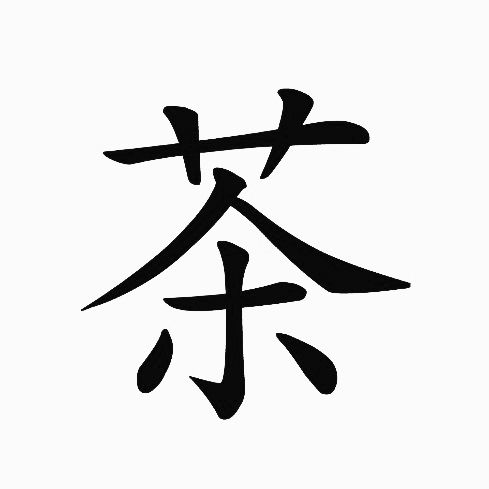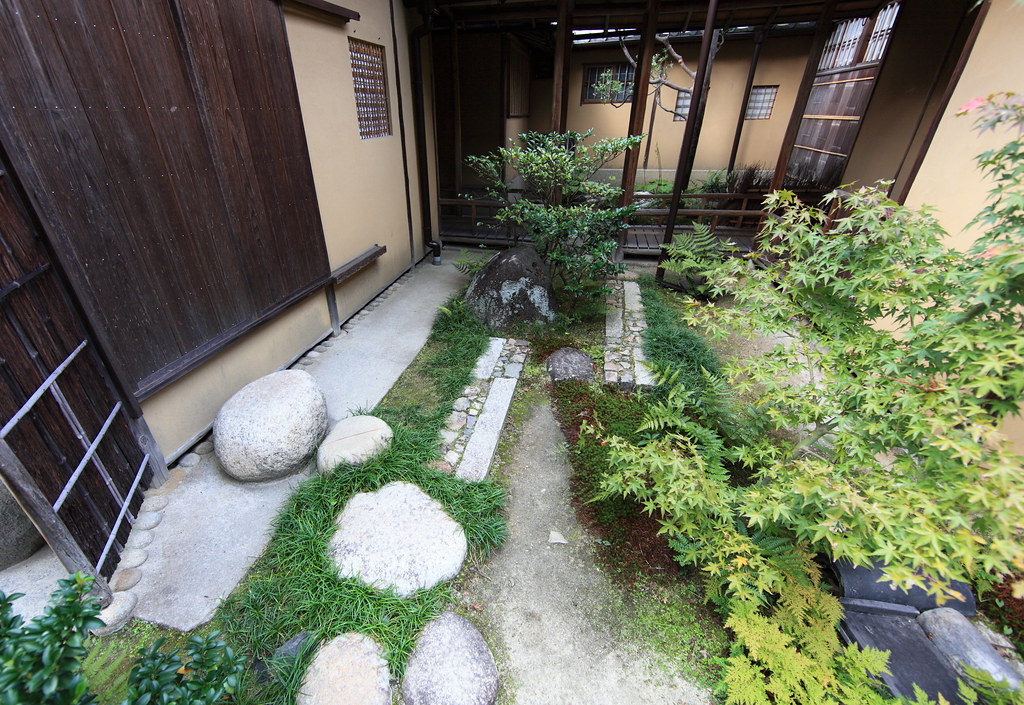“Tea is not but this.
– Sen no Rikyu
First you make the water boil,
Then infuse the tea.
Then you drink it properly.
That is all you need to know.”
Up in the hills overlooking the San Mateo Valley, my white Volkswagen Jetta winds its way through suburban streets towards an unexpected oasis: a Japanese tea room.
To get there, I open a door in a fence–more of a portal than a door made of iron and wood–because once I pass through, I’m somewhere else. Moss adorns the ground while fragrant trees, bushes, and flowers line the tobiko (flying stones) pathway guiding me deeper within.
I’ve come to meet my new sensei (I won’t use their name to respect their privacy), but this wasn’t my original plan. I thought I would attend class at the Urasenke Foundation in San Francisco. To my surprise, they were full–with a wait list–and offered to connect me with a local teacher sanctioned by the Foundation.
Our initial exchange began with a rejection. Sensei enjoyed the harmony of the current student group and wasn’t sure how the introduction of a new student might upset the balance. This type of rejection is par for the course, according to my wife (who is Japanese). Still, I couldn’t help but be a bit disappointed.
Lucky for me, a week or two later, sensei emailed me again and invited me to join a Saturday class to see if we were a good fit.
And so I found myself crossing the flying stones leading up to sensei’s house, moving one step at a time towards a new adventure.
Why learn Japanese tea ceremony?
“When you hear the splash
– Sen no Rikyu
Of the water drops that fall
Into the stone bowl
You will feel that all the dust
Of your mind is washed away.“
My decision to pursue lessons in tea ceremony came about as a desire to take something I enjoy (matcha) and elevate it, and find a practice that is primarily physical in nature to help me get out of my head. Read my post on Tea and the Imposter Syndrome for more about my struggles there.
As a “knowledge worker” who primarily uses their brain to make their way through life, the second bit is especially important for me. I wanted to find something that requires my body to be fully engaged, forcing my mind to follow suit.
So far, studying Japanese tea ceremony gives me that space.
Much like the samurai of old had to leave their weapons outside the tea room, I leave everything behind before entering Sensei’s tea room.
No smart phones, no bags, no watches–even no wedding rings.
It feels so wonderful to have a place I can share with other people, where we are there only as ourselves. United by our love of tea, we spend time together learning, talking, and growing as a group.
Is tea ceremony difficult?
“Well, if there is any one who knows [how to make tea] already, I shall be very pleased to become his pupil.”
– Sen no Rikyu
Even the great Sen no Rikyu, the progenitor of modern tea ceremony, recognized making tea properly is at once simple and difficult.
As for the movements, tea ceremony is like calligraphy–it’s difficult when done in a disjointed series of steps. Without coordination and proper movement, the process feels awkward and uncomfortable. When each “stroke” or movement aligns with the next. the process has a flow and a beauty that leaves the practitioner and the guest feeling satisfied.

No distractions in the tea room outside the preparation of tea and talking among ourselves means it’s both easier and harder to be present. Easy, because there are no buzzing phones or notifications pulling away our attention. Hard, because sometimes it’s a challenge to stay present and focused on the details when the mind wants to wander.
Class is usually around 3 hours, and I might spend only 20 or 30 of those minutes personally practicing. The rest of the time is spent in preparation, watching others practice, playing guest for other students, and discussing the various intricacies of each style of preparation.
One other unique challenge is the entire class is done in Japanese. This is completely unrelated to tea ceremony itself, because I could just as well learn in English, but it’s a challenge I set before myself in order to force myself to improve my Japan.
Yes, my Japanese has improved a lot recently, and even more so thanks to class, but it’s hard enough to follow all the instructions, let alone to comment on the feeling I get looking at the hanging scroll or understand the significance of the tea scoop’s name.
I know I’ll get there in time but it can be frustrating. I feel foolish at times when I repeatedly confuse left and right or misunderstand simple instructions.
The nice thing is, since tea ceremony is such a physical endeavor, I can watch my teacher’s body movements or gestures and move to match. This breaks down if I have to turn away from them to do something and can’t use my eyes to understand.
Fortunately, my teacher and classmates are understanding and patient with me as I make mistakes over and over. It’s a wonderfully warm and welcoming environment and I look forward to it every other week.
What does the future hold? Tea goals!
My new tea practice is incredibly rewarding and I’m very excited to continue.
Around four months in I’m about to begin my third temae, which will involve using the bamboo water scoop and dobin (large iron kettle), as opposed to the simpler iron teapot.
I plan on buying my first kimono sometime this year as well. This is something I’m very excited about! The other women in class are all prepared with beautiful garments (sometimes too much so, as Sensei will sometimes say) and I feel a little out of place.
The kimono itself is also integrated in tea ceremony in the way it’s used to store implements such as the fukusa (ceremonial cloth) and eating/cleaning implements for guests.
All that aside, I think my biggest surprise discovery about tea ceremony is just how much it’s focused on serving others. Ultimately, tea ceremony is less of a ceremony and more of a service for others. Going in, I thought I’d learn the ultimate secret arts of whisking up the perfect bowl of matcha. What I’ve learned instead if how to be humble, gracious, and servile for the pleasure of others.
I’ve also recently learned about Midorikai, an actual school program for foreign practitioners of Urasenke tea ceremony. Midorikai is a one year, full-time and intensive study of everything surrounding Urasenke-style tea ceremony held in Kyoto.
How amazing would it be to do that?!
Dedicating a year of my life to the study of tea is an absolute dream. Maybe if I’m extremely lucky I’ll get the chance to check it out in the future.
For now, I should probably focus on remembering how to fold my tea cloth, purify my tools, and sit seiza (traditional Japanese seated position) without falling over.
(Photo Credit: Tanaka Juuyoh, Flickr)
